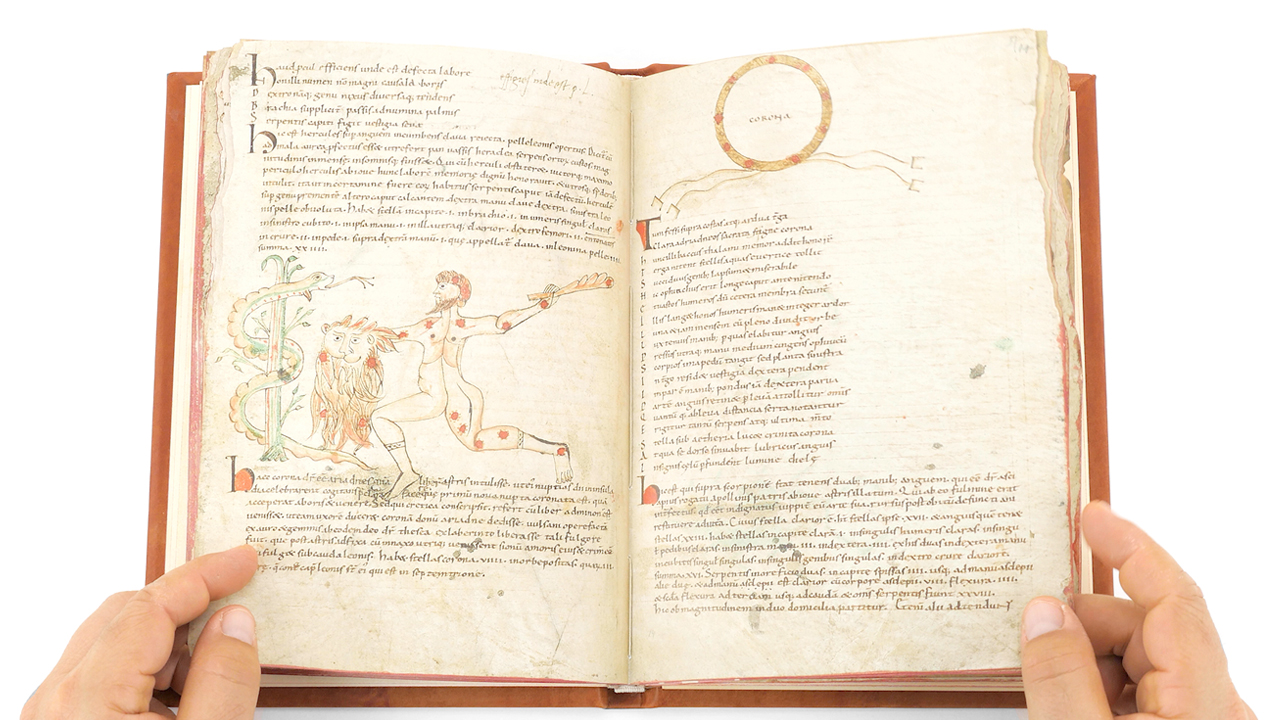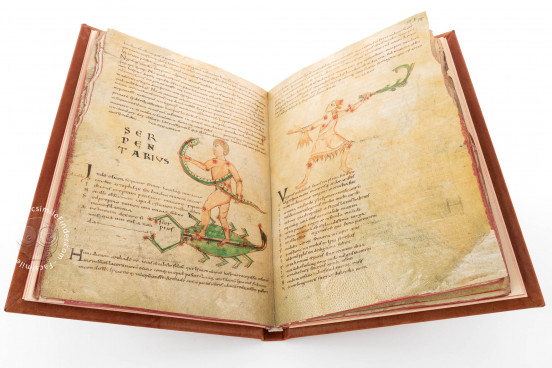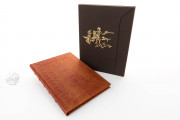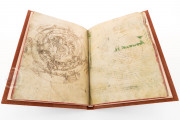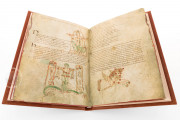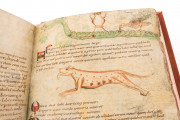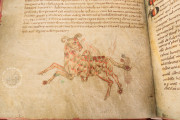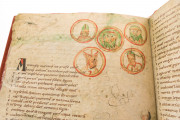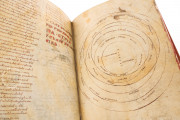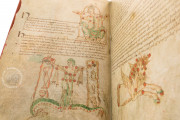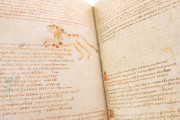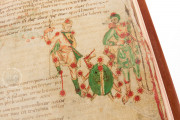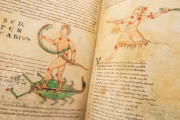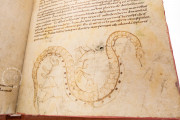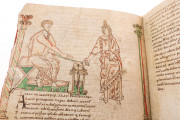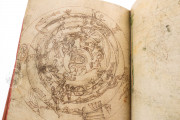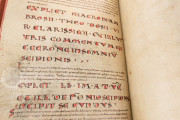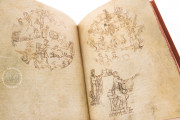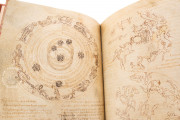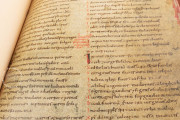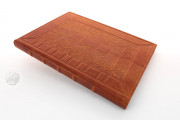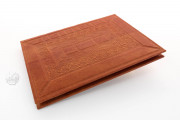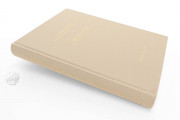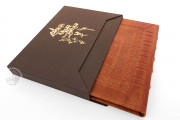Copied around 1000 in Limoges, the Aberystwyth Aratea is an illuminated guide to the constellations and the planets, presented with other texts. The main text is an incomplete copy of a Latin-language poetic adaptation of Phaenomena by the ancient Greek poet Aratus of Soli, accompanied by prose commentary. The Aratus text is illustrated by nineteen unframed drawings, almost all with washes of color. These include a frontispiece showing the author, a representation of the God Jupiter, representations of constellations, and a group of personifications of the planets. Unconnected to the Aratus text are seven cosmological diagrams and a curious drawing of an astronomer being crowned.
The manuscript includes a range of other texts, the longest being the "Dream of Scipio" by the ancient Roman orator Cicero (106-43 BCE), which discusses the soul and the afterlife, with commentary by the fifth-century philosopher Macrobius (fols. 7v-9v).
"Reading" the Stars
Medieval Europe inherited from classical antiquity the habit of understanding the stars in terms of images outlined or implied by their configuration in the night sky. The Aratea is, at its core, a catalog of the stars arranged by those groupings. The drawings in the Aberystwyth manuscript show those figures incorporating—with one exception—representations of the individual stars as red spots surrounded by dots.
Heroes, Animals, and Objects
Among the humans pictured in the Aberystwyth manuscript are Hercules, Cepheus, Cassiopeia, and Andromeda, all characters from ancient Greek myth (fols. 13v, 19r, and 19v). The animals include the winged horse Pegasus (fol. 20r) and the zodiacal Scorpio, Cancer, Leo, Taurus, and Aries (fols. 14v, 17r, 17v, 18v, and 20r).
Multi-Colored Drawings
Most of the constellations are drawn in brown ink with washes of color. Translucent green, red, brown, and yellow ocher help to define the forms and enliven the representations. It is a bit surprising that the body color for Scorpio, Cancer, and Leo is green.
Cosmology Diagramed and Illustrated
The manuscript boasts two pairs of diagrams of the constellations of the winter and summer hemispheres (fols. 3v-4r and fol. 5r). Also included are a diagram of the planetary orbits of an earth-centered cosmos within the circle of the zodiac and a planisphere (fols. 4v and 10v).
Four Expert Scribes
The manuscript was copied by four scribes writing in Caroline Minuscule, the script favored in most of Western Europe at the time. The opening letters of each verse of the poetic texts are written as majuscules set off in the left margin. In the Aratus, the main text is presented in short lines articulating the poetic form, and the commentary in lines of text that extend across the entire width of the page.
Bound with Another Astronomical Text
In the seventeenth century, the Aratea was bound together—probably in London—with a twelfth-century unillustrated manuscript of De astronomia attributed to the first-century BCE Greek scholar C. Julius Hyginus. We do not know whether the two manuscripts were brought together before that time.
William Lloyd (1746-1816) owned the combined manuscript, which passed at his death to his nephew Thomas Fitzhugh (1770-1856). It remained in the library of the Fitzhugh family until it was purchased by the National Library of Wales in 1913. It retains its seventeenth-century binding of blind-tooled brown calf over wooden boards.
We have 1 facsimile edition of the manuscript "Aberystwyth Aratea": Sternbilder der Antike facsimile edition, published by Quaternio Verlag Luzern, 2019
Request Info / Price
